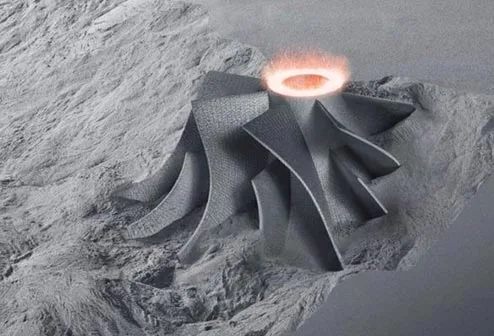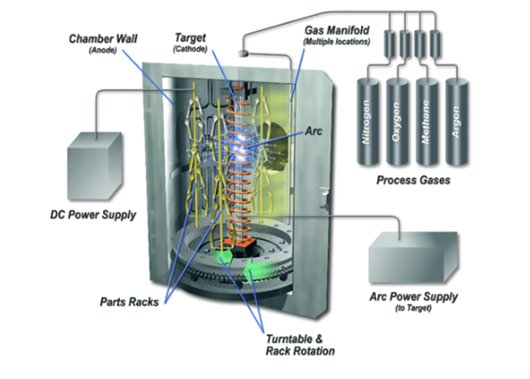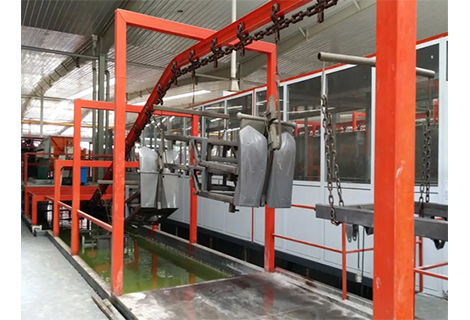The general process of anodizing aluminum and aluminum alloys can be roughly divided into pre-treatment, anodizing, and post-treatment (non-decorative products can skip coloring).
Mechanical pre-treatment usually serves two purposes: firstly, improving good surface conditions for subsequent anodizing; secondly, providing various surface decoration effects, such as glossy, matte, brushed, etc. Mechanical pre-treatment includes sandblasting, polishing, brushing, rolling, etc.
The purpose is to remove surface oil stains from previous processes such as stamping, CNC or polishing. If there are organic substances such as oil stains on the metal surface, it will affect the smoothness, bonding strength, corrosion resistance, etc. of the oxide layer. Moreover, it may lead to incomplete or loose deposition, even the peeling off of the oxide layer. Therefore, degreasing is very important before anodizing.
Also known as alkaline stripping, the purpose is to remove the dense but uneven natural oxide film before anodizing aluminum and its alloys, leaving a pure aluminum substrate.
The process of anodizing ash removal is also called neutralization or polishing treatment. As sulfuric acid or nitric acid is generally used for ash removal, it is also called acid washing. After alkaline etching, there may be a layer of gray-black ash on the surface of aluminum alloys, which is commonly referred to as "ash hanging." The reason is that aluminum alloys may have other insoluble adherents generated from iron, manganese, copper, silicon, etc. during alkaline etching, leaving it on the surface of workpieces. The purpose of ash removal is to remove the black ash layer on the surface of workpieces to obtain a brighter metal surface. At the same time, it can also neutralize the alkali remaining after alkaline etching to prevent polluting the electrolyte.
Here refers to chemical polishing, a method that selectively dissolves the concave and convex areas on the sample surface by the chemical etching effect of chemical reagents (acidic or alkaline) to eliminate scratches, immersion and planarize. It is used to eliminate mechanical defects on the workpiece surface, reduce surface roughness, and improve surface gloss.
Chemical polishing is divided into acidic and alkaline chemical polishing. Since aluminum can be dissolved in both strong acid and strong alkaline solutions, the chemical polishing of aluminum and its alloys is divided into acidic and alkaline chemical polishing. However, alkaline solution has a faster corrosion rate, larger weight loss, larger dimensional change, and difficult to achieve high brightness effect. It is not suitable for processing after mechanical polishing. But for workpieces after sandblasting, polishing has certain practical significance. Therefore, alkaline polishing is generally used for profiles or workpieces after rough processing. For workpieces requiring precision or glossiness, acidic polishing is generally selected.
Mechanical polishing cannot be directly used for anodizing, especially for bright anodizing. Although the aluminum alloy workpiece has obtained a bright surface after mechanical polishing, it is often difficult to maintain the polished gloss if the polished workpiece is directly anodized. Only a smooth surface can be obtained, but not a film layer with a higher reflection coefficient. This is mainly due to the uneven surface pressure during mechanical polishing, leading to the formation of a crystal deformation layer on the workpiece surface. Therefore, the workpiece after mechanical polishing must also undergo chemical polishing or electrochemical polishing to remove the crystal deformation layer formed during mechanical polishing and obtain a bright and delicate surface.
Ash removal after polishing: Since aluminum alloys generally contain copper, magnesium, silicon, and other elements, the workpiece surface is corroded and discolored after chemical polishing, thereby forming a uniform black floating ash. Therefore, ash removal treatment is required after polishing.
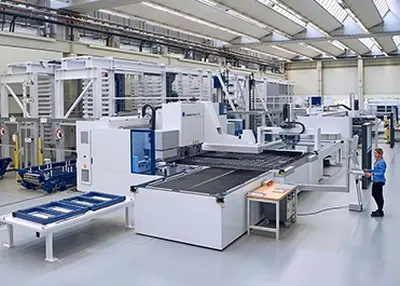 How to Find an Excellent Precision Machining Manufacturer in China?October 19, 2023China is one of the more developed countries in the global manufacturing industry, so it is not difficult to find an excellent precision machining manufacturer in China, but how to find a reliable quality, good service, reasonable price precision machining manufacturer in China, it is necessary for consumers to make a careful assessment when choosing.view
How to Find an Excellent Precision Machining Manufacturer in China?October 19, 2023China is one of the more developed countries in the global manufacturing industry, so it is not difficult to find an excellent precision machining manufacturer in China, but how to find a reliable quality, good service, reasonable price precision machining manufacturer in China, it is necessary for consumers to make a careful assessment when choosing.view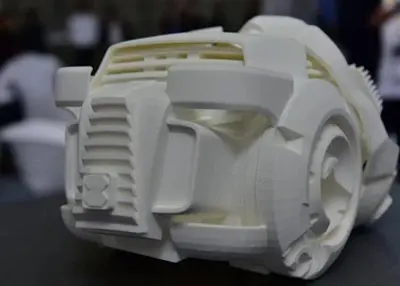 The Ultimate 3D Printing Guide: Types of 3D Printers, Materials & MoreApril 17, 2024Here is an ultimate guide to 3D printing technology, including types of 3D printers, materials, and more. Read on and choose the right one for your project.view
The Ultimate 3D Printing Guide: Types of 3D Printers, Materials & MoreApril 17, 2024Here is an ultimate guide to 3D printing technology, including types of 3D printers, materials, and more. Read on and choose the right one for your project.view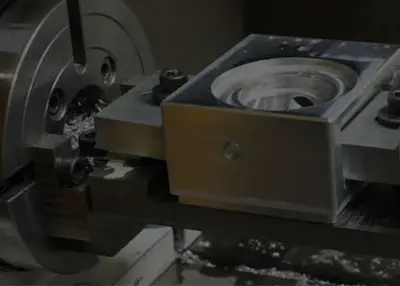 The Ultimate Guide on Aluminum Die Casting 2024August 2, 2023Nowadays, aluminum die casting is widely used in various industries like automotive, industrial, and telecommunications. It’s often used to produce electrical, hydraulic, lighting components, etc. No...view
The Ultimate Guide on Aluminum Die Casting 2024August 2, 2023Nowadays, aluminum die casting is widely used in various industries like automotive, industrial, and telecommunications. It’s often used to produce electrical, hydraulic, lighting components, etc. No...view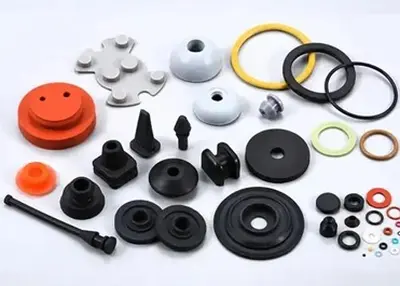 Rubber: Full Analysis of Materials, Processing and Applications (2023 Edition)September 25, 2023In this comprehensive guide, explore the world of Rubber: Materials, Processing, and Applications. From its origins to modern uses, we will delve into the fascinating world of rubber.view
Rubber: Full Analysis of Materials, Processing and Applications (2023 Edition)September 25, 2023In this comprehensive guide, explore the world of Rubber: Materials, Processing, and Applications. From its origins to modern uses, we will delve into the fascinating world of rubber.view Revolutionizing Automotive Manufacturing with CNC Cutting Aluminum SheetsFebruary 29, 2024The Rise of CNC Cutting in Automotive ManufacturingIn the fast-paced world of automotive manufacturing, precision and efficiency are key factors that can make or break a company's success. One tec...view
Revolutionizing Automotive Manufacturing with CNC Cutting Aluminum SheetsFebruary 29, 2024The Rise of CNC Cutting in Automotive ManufacturingIn the fast-paced world of automotive manufacturing, precision and efficiency are key factors that can make or break a company's success. One tec...view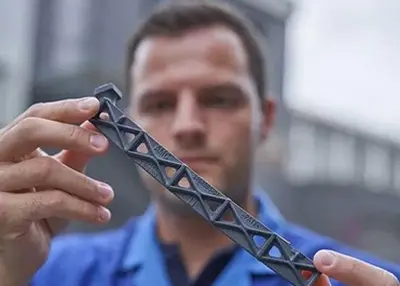 Exploring Nylon: A World of PossibilitiesSeptember 28, 2023Nylon's remarkable strength and versatility have made it a cornerstone of the textile industry. From silky stockings to rugged outdoor wear, nylon fibers have revolutionized our wardrobes.view
Exploring Nylon: A World of PossibilitiesSeptember 28, 2023Nylon's remarkable strength and versatility have made it a cornerstone of the textile industry. From silky stockings to rugged outdoor wear, nylon fibers have revolutionized our wardrobes.view
 EN
EN
 ru
ru 
